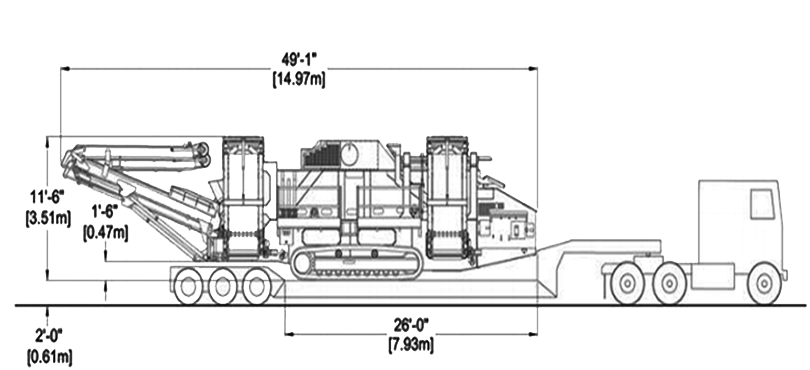Measurement Guidelines
Measurement Guidelines

Accurate cargo measurement is extremely important. Accuracy is required to determine the amount of stowage space necessary to safely stow cargo on board the vessel as efficiently as possible.
To determine the amount of space necessary to safely stow a unit of cargo, multiply its overall length by its overall width by its overall height.
Essentially all cargo measuring is done at the port of load prior to the loading of cargo on the vessel. Cargo is measured by either third-party surveyors or union personnel who are designated by each port, according to the port’s regulations. Everyone who measures undergoes training in the use of the tools and how the measurements are to be taken. All cargo measurements are done and recorded using the metric system.
Cargo is measured in the position in which it will be stowed. Unless otherwise agreed upon, the shipper must ensure that booms, buckets, any and all accessories on high and heavy, break bulk or special project cargo are pulled in to the stowed position. Any protruding parts which are easily dismounted such as antennas, mirrors, exhaust stacks should be either pulled in or removed before delivery. Tow hitches, racks, protrusions of any type will be included in the overall measurements. Boxing, skidding & bundling special project cargo makes them easier to handle and decrease any chance of damage during transit and during shipping.
We will notify you in the event of a discrepancy between measurements taken at the port of load and the measurements specified at the time of booking. If you do not agree with the port measurements you may request a joint measurement, the additional cost will be for the account of those requesting re-measurement.
For additional information concerning cargo measurement, contact us directly at:
800.847.7447
